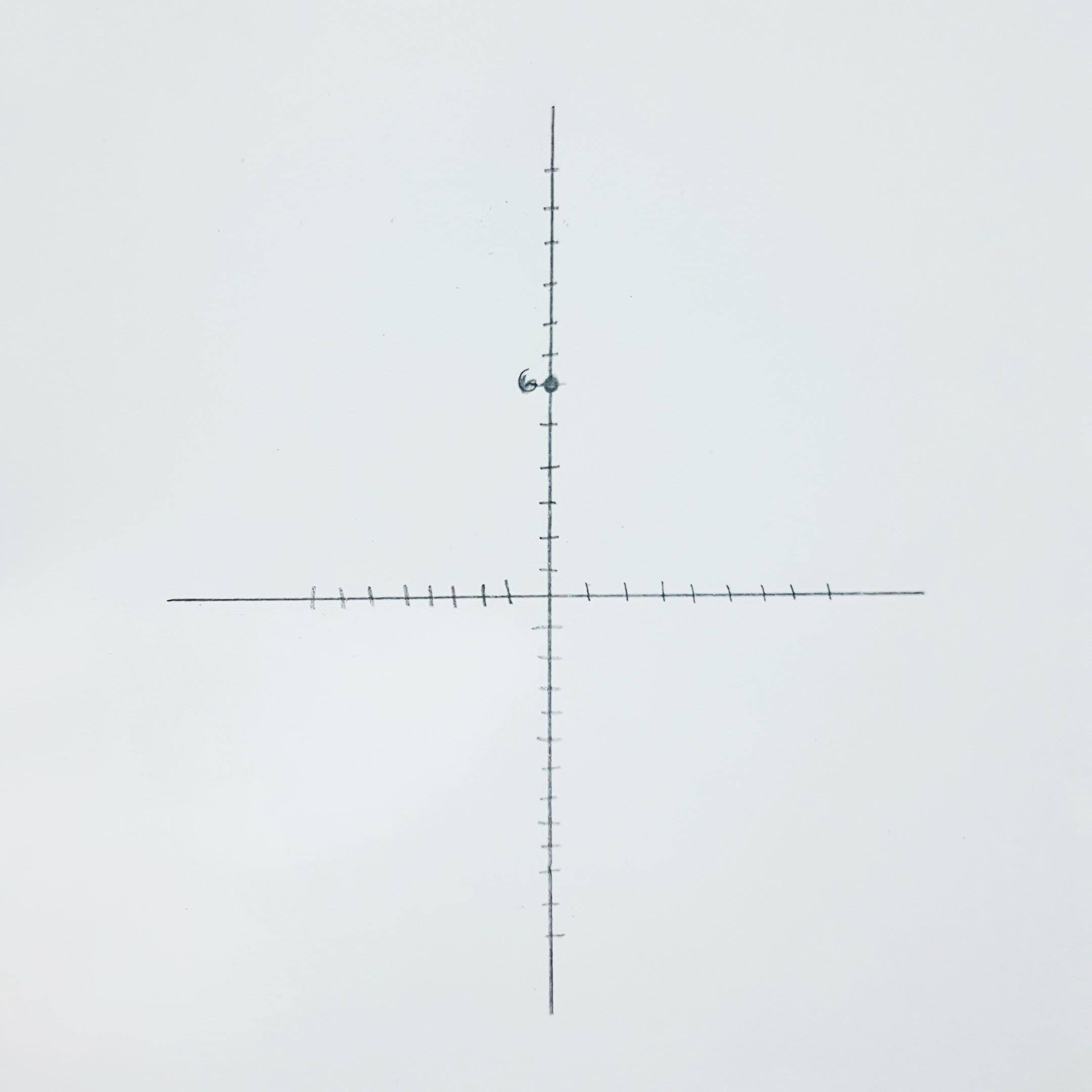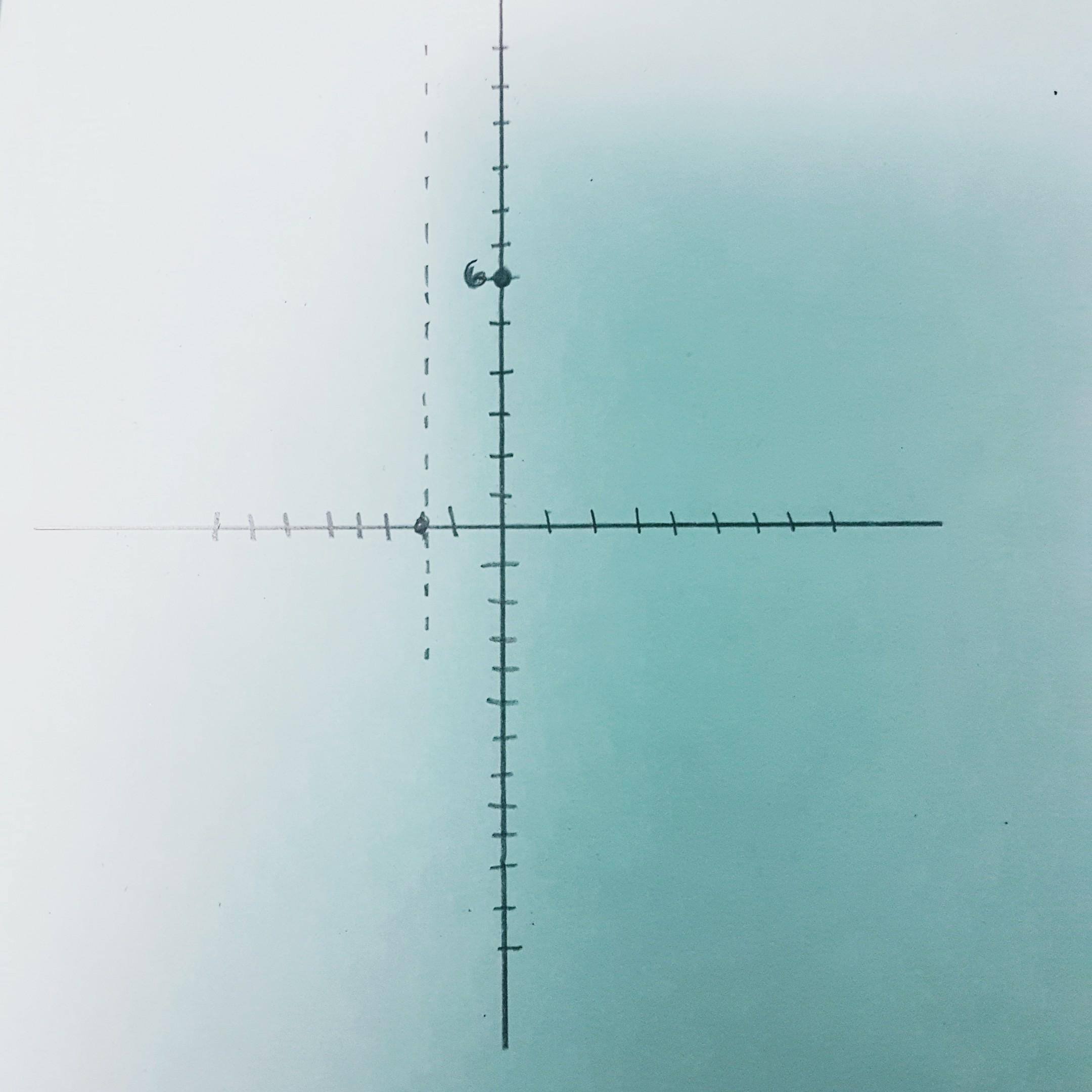History of Compound Pulley System
The compound pulley system is adapted from the original pulley system – one fixed and one moving pulleys.
The pulley system has an unknown origin, but in 1500 BC, Mesopotamians used rope pulleys for hoisting water. Think of getting water from wells…
The first usage of the compound pulley system can be traced back to Archimedes – recorded by Plutarch, a Greek biographer. Some are almost certain that they used it to build the Stonehenge in the UK.
What happened is that Archimedes used many compound pulleys to move an entire warship using his own strength, which is now known as the claw of Archimedes.
So, how exactly did he do that?
It’s because the reason why the pulley systems are built – they are designed to lift great weights using lesser force needed. They are built mainly to get water from wells and lifting heavy objects.
Now, compound pulley systems are used to lift elevators, they are also used in boats and cranes, and there are even gym equipments that use compound pulley systems!
Physics Involved in Compound Pulley System
The physics behind the pulley is that, it reduces the amount of force needed to lift the object depending on how many pulleys that you have, and the amount of weight the object you’re lifting has.
Now, as stated earlier, the compound pulley system has two parts:
- a fixed pulley.
- a moving pulley.
In our project, we’ve decided to have one fixed pulley and one moving pulley.
So, let’s divide this into two parts.
Fixed Pulley

There’s nothing much going on in here except for the advantage that you have – you can use your body’s weight to add to the force using to lift the weight,
Movable Pulley

This is where most of the physics is going on. The pulley is being supported by two ropes. Since that’s the case, the amount of force that we need to apply to lift the weight is half the object’s weight for each pulley.
Compound Pulley
Since we only have one of each pulley types, we can say that
WEIGHT = GRAVITATIONAL FORCE; and GRAVITATIONAL FORCE = mg

F = force applied to pull the rope.
m = object’s mass
g = acceleration due to gravity. (9.81 m/s2 on Earth)
P = number/amount of pulleys

In our project’s situation,
what we can say is:

with mass being 0.150 kg, and since we have 2 pulleys:


This might be a minuscule example, but it’s certainly useful, especially the ones that are really stable and with many pulleys, because you’d be able to lift great weights without exhausting a lot of force.
Design and Building Process
To not confuse people, we wanted to build an ancient flamethrower initially. However, we met a mishap in the middle of building it due to lack of information of materials needed. I have to admit that it was a fault on our part. So, we had to build a compound pulley system instead.
Day 1 + Day 2

We were deciding which machine we would build, and we had agreed on the ancient flamethrower as it piqued our interest.
Then, we started researching on how to build it, the materials needed, and which flamethrower we should base our project into.
Day 3

We tried to build it but as we still didn’t have enough information we couldn’t figure out how it would work, sadly. So what we did is to research more about it, and as well as the physics behind it. Nothing too time-efficient, unfortunately.
Day 4


Seeing that we were anxious as how we were not much efficient in building the flamethrower, we decided to gamble and researched about the compound pulley system instead. We were able to plan it out smoothly this time, but our only challenge is time. So, we decided to search everything that we would include in our blogs and our design for our machine.
Day 5

On day 5, we had our materials and built our machine, but we messed up at some point and had to restart building it.
This is the step-by-step of how we built it:
- made a glider for our moving pulley just at the right height for the frame of our machine.
- drilled into the center of the movable pulley so we could attach the lock.
- put on the string to our pulleys (which are yo-yo’s).
- attach the second rope for our moving pulley at the roof of our frame.
- glued the fixed pulley on the top of the frame.
References
Ronan Industrial
Groovy Lab in a Box
New World Encyclopedia
Pulley India
http://www.engineeringexpert.net/Engineering-Expert-Witness-Blog/tag/gravity
https://en.wikipedia.org/wiki/Mechanical_advantage_device
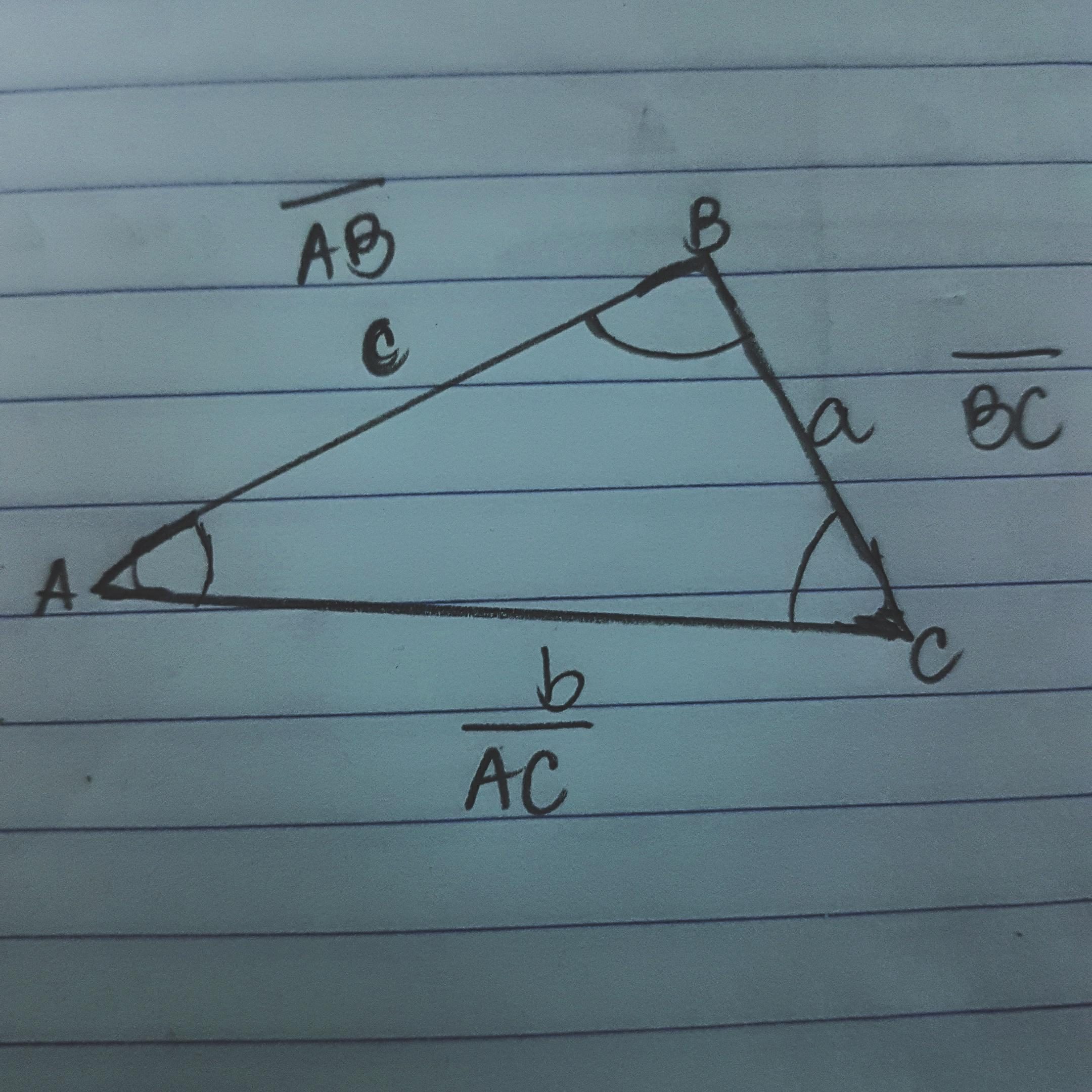
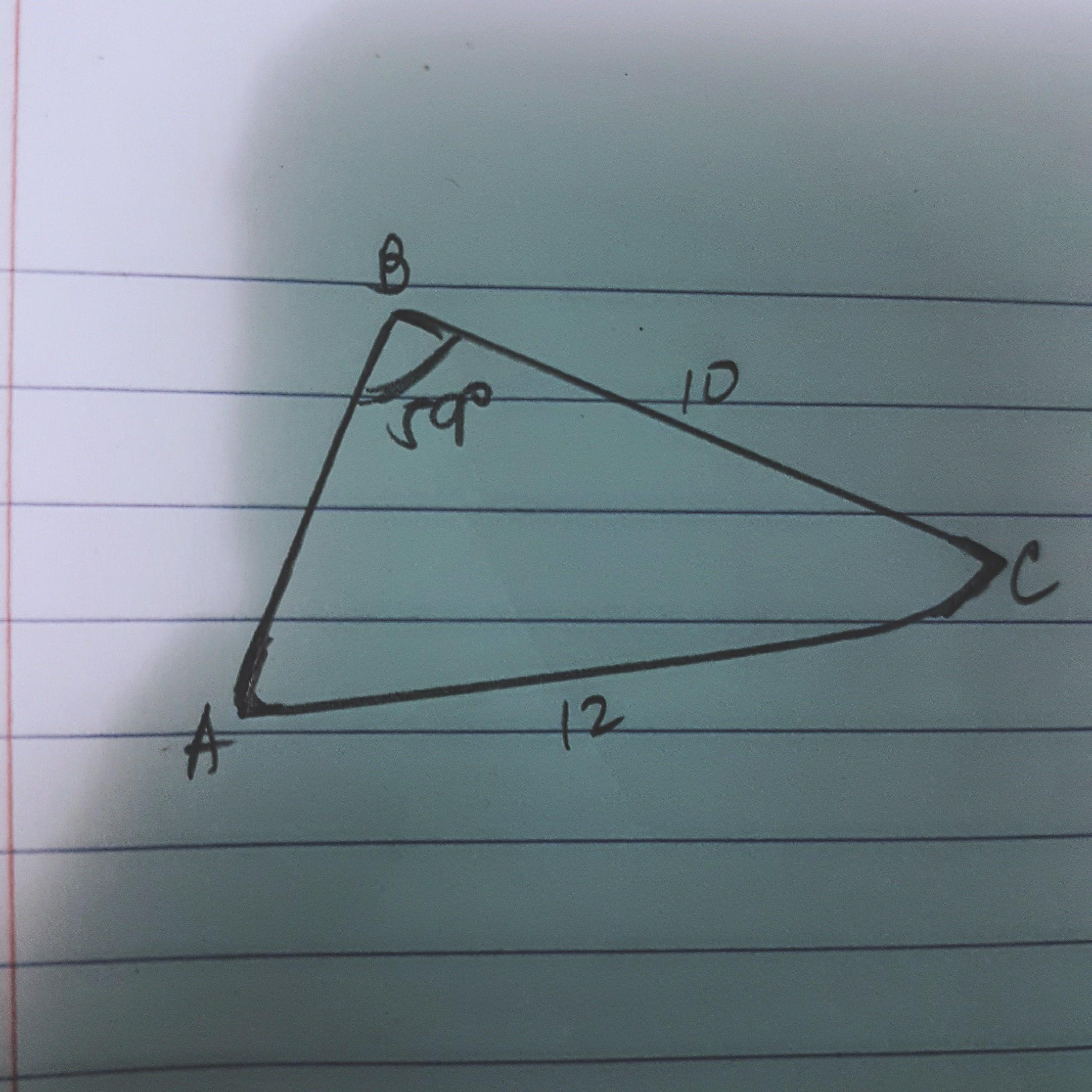
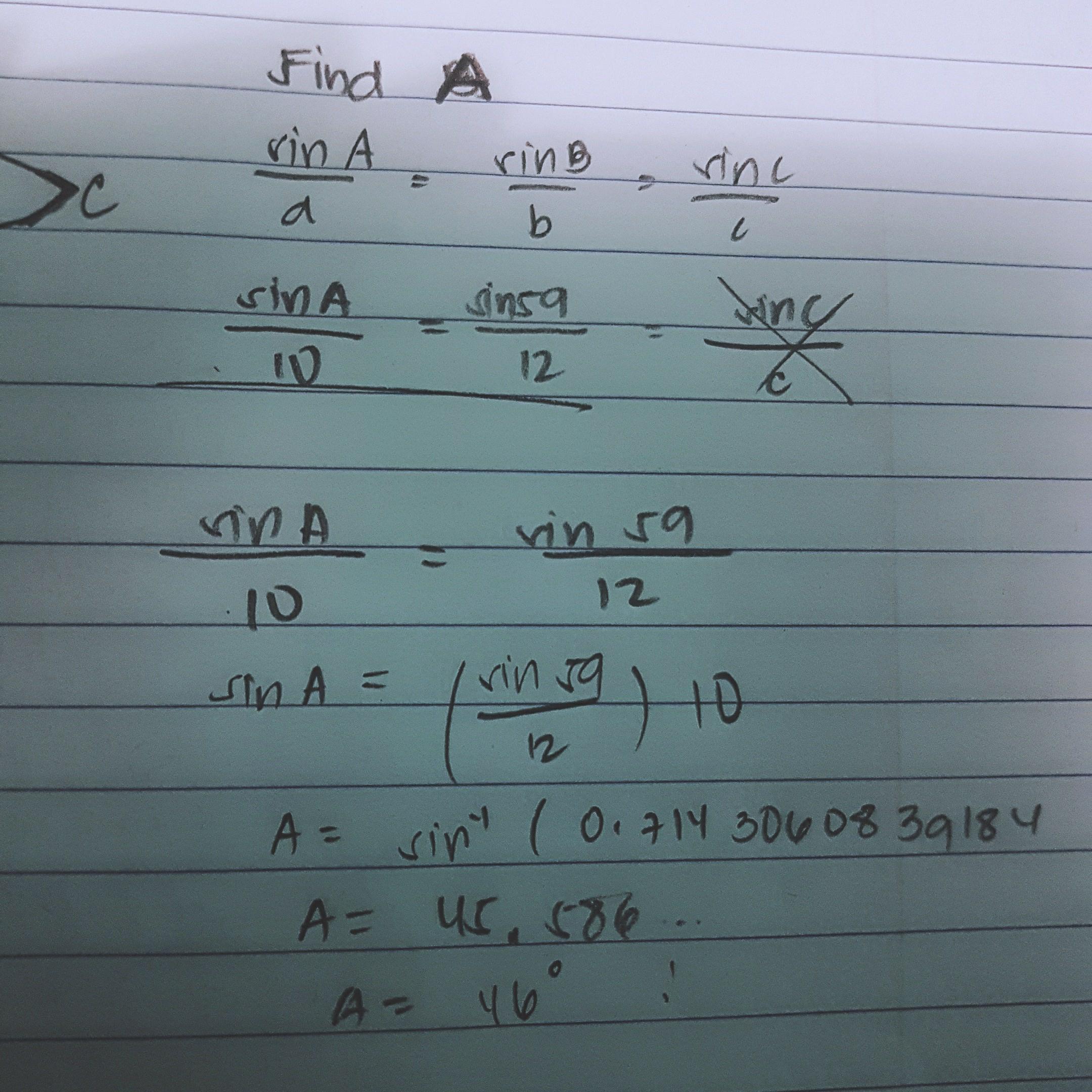
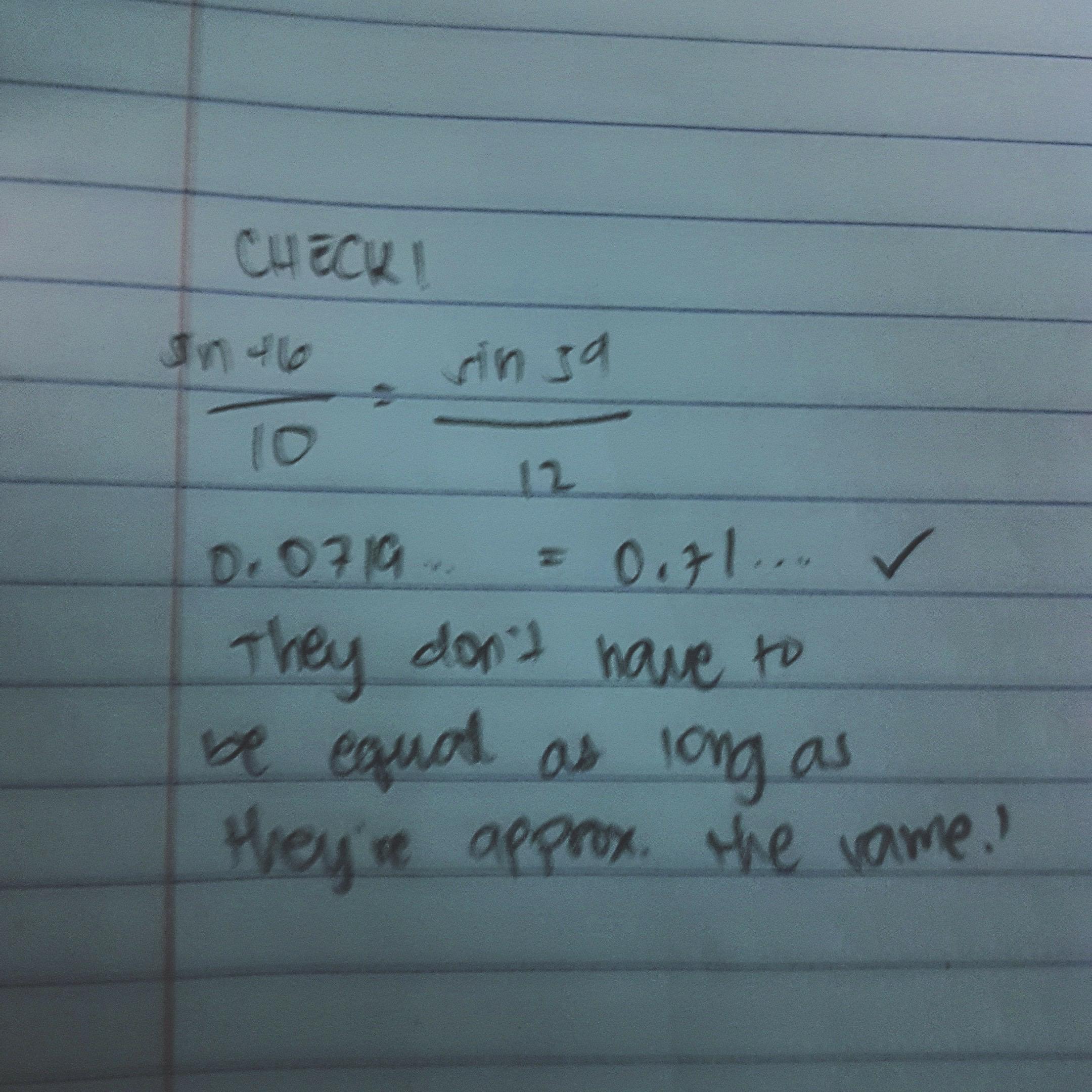





 (https://www.varsitytutors.com/hotmath/hotmath_help/topics/quadrants)
(https://www.varsitytutors.com/hotmath/hotmath_help/topics/quadrants)
